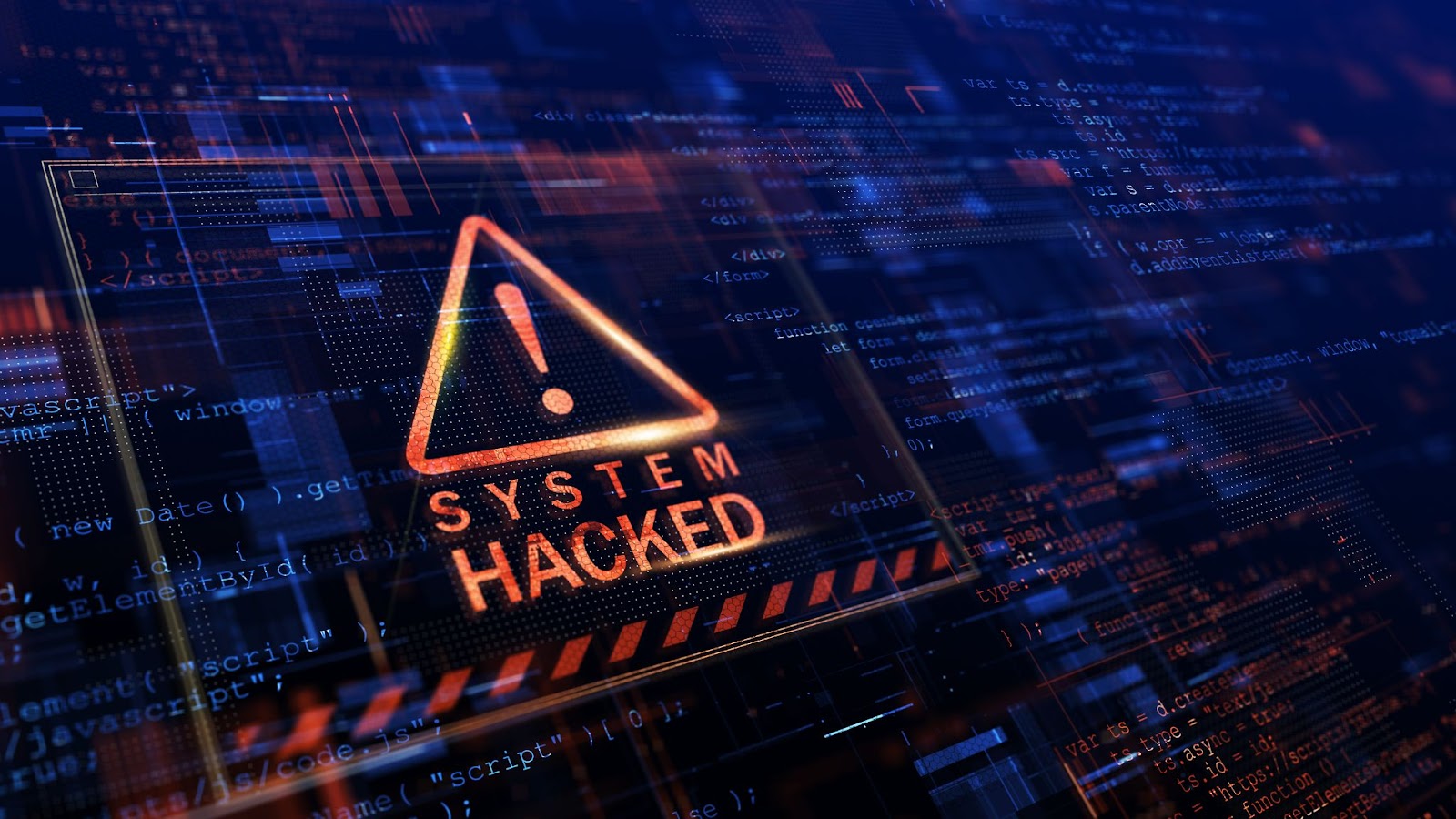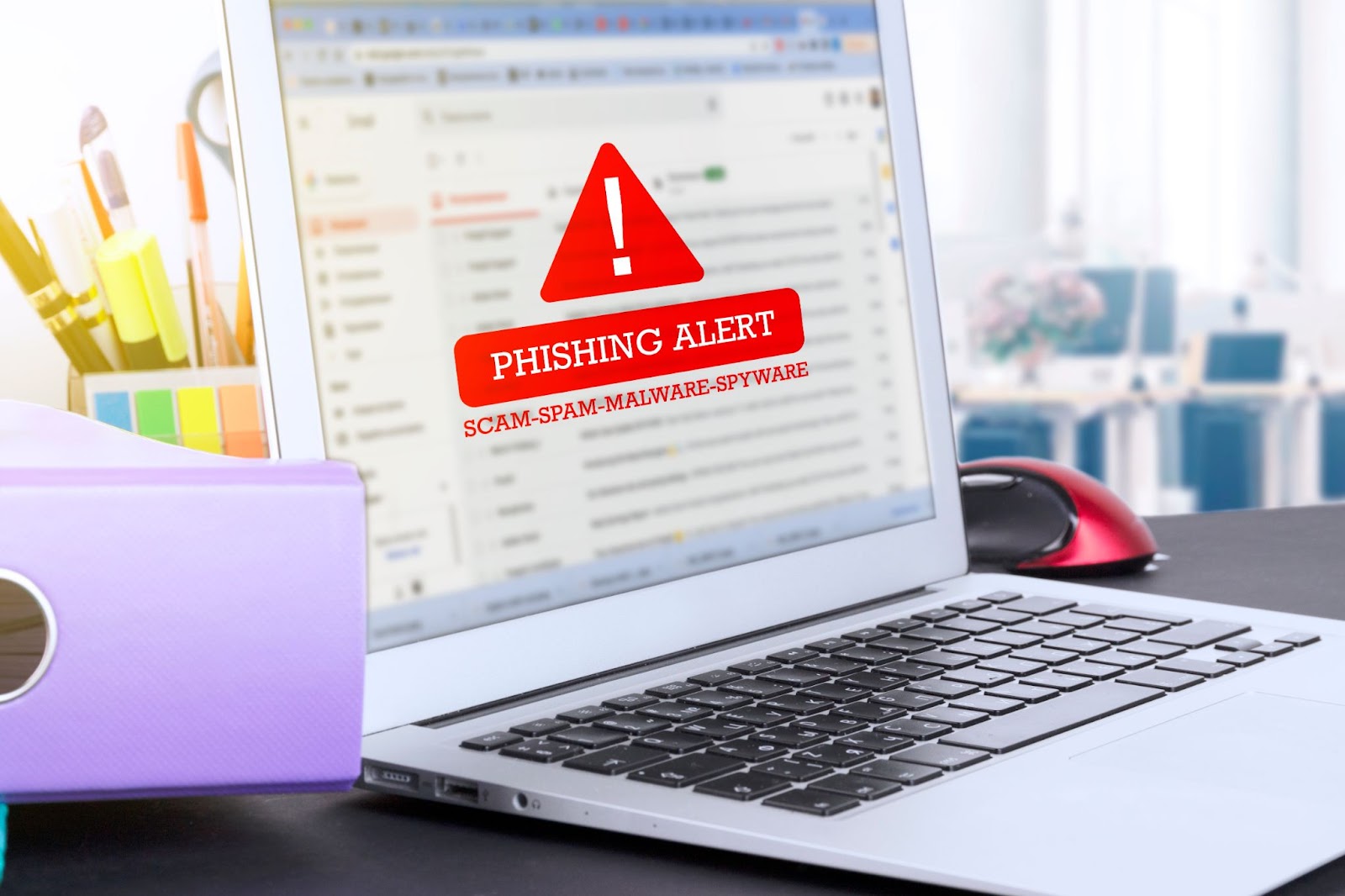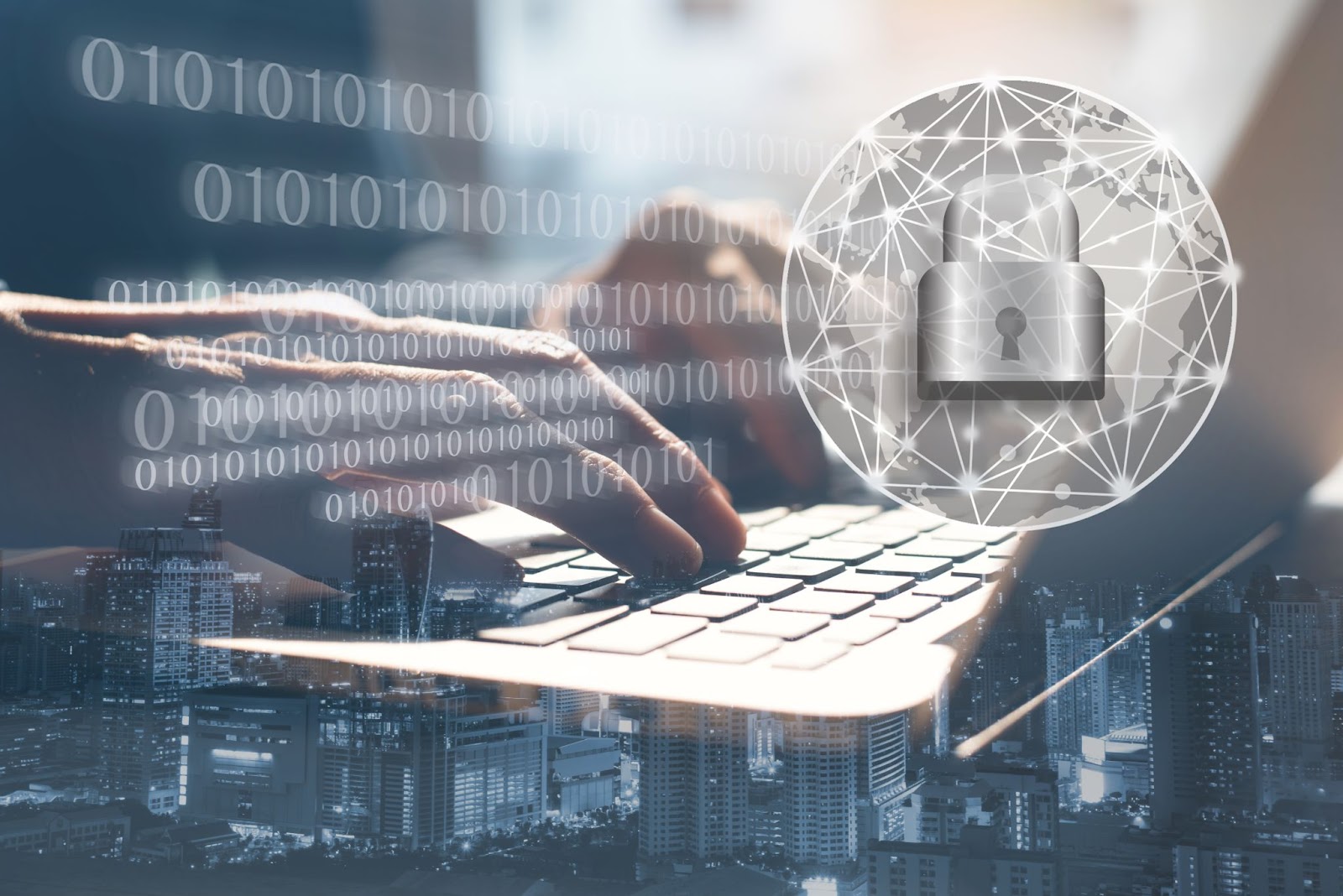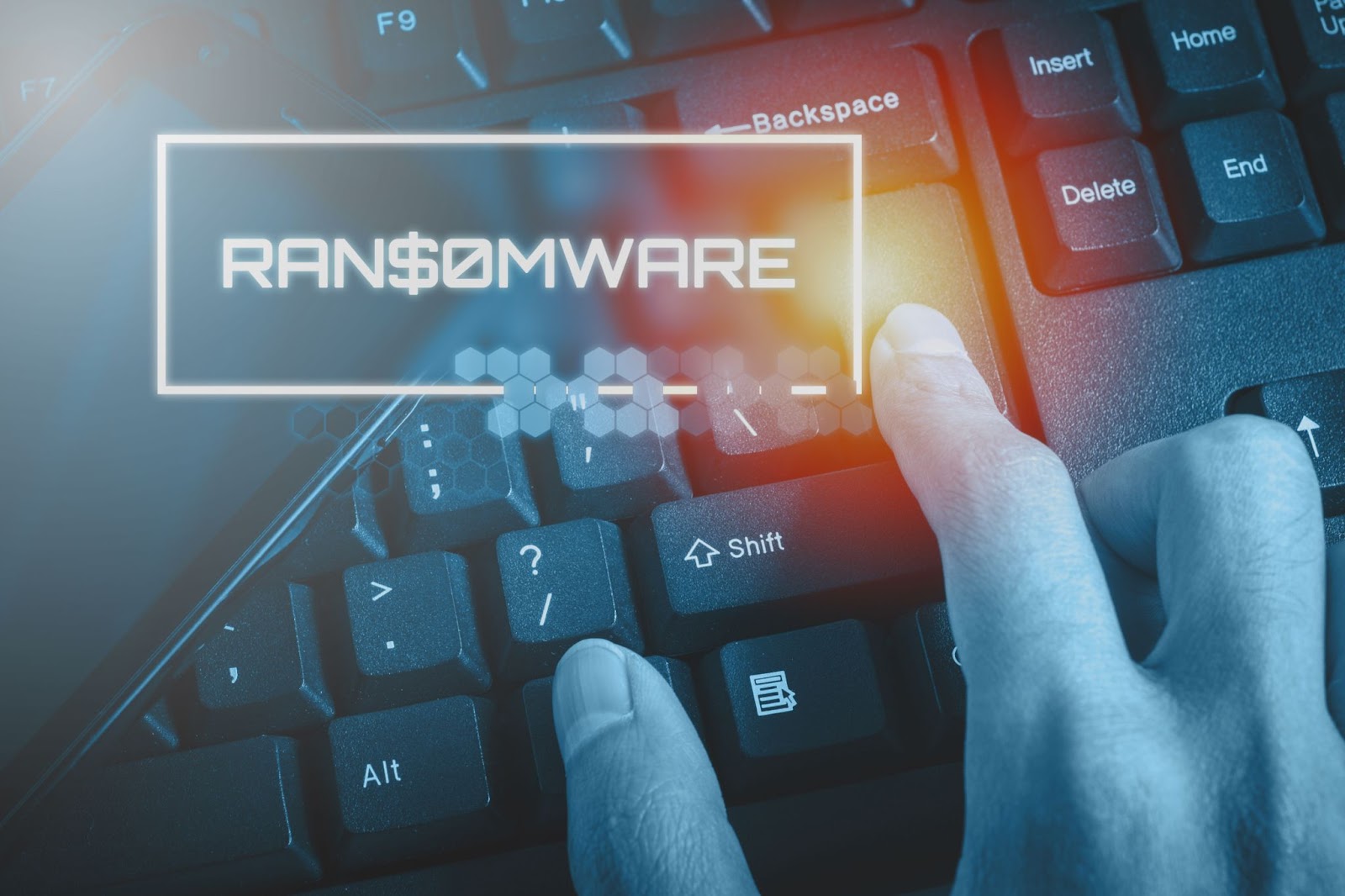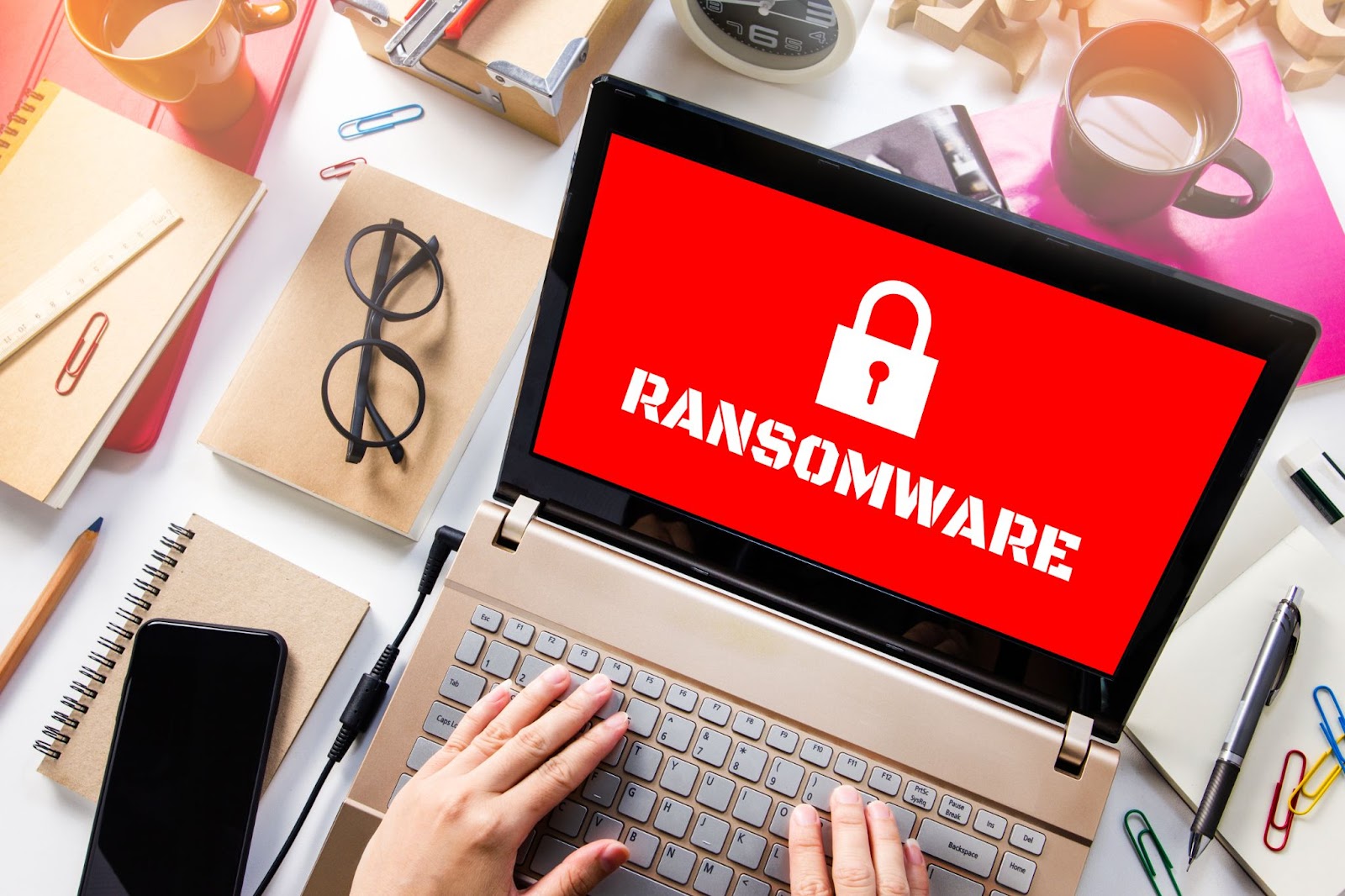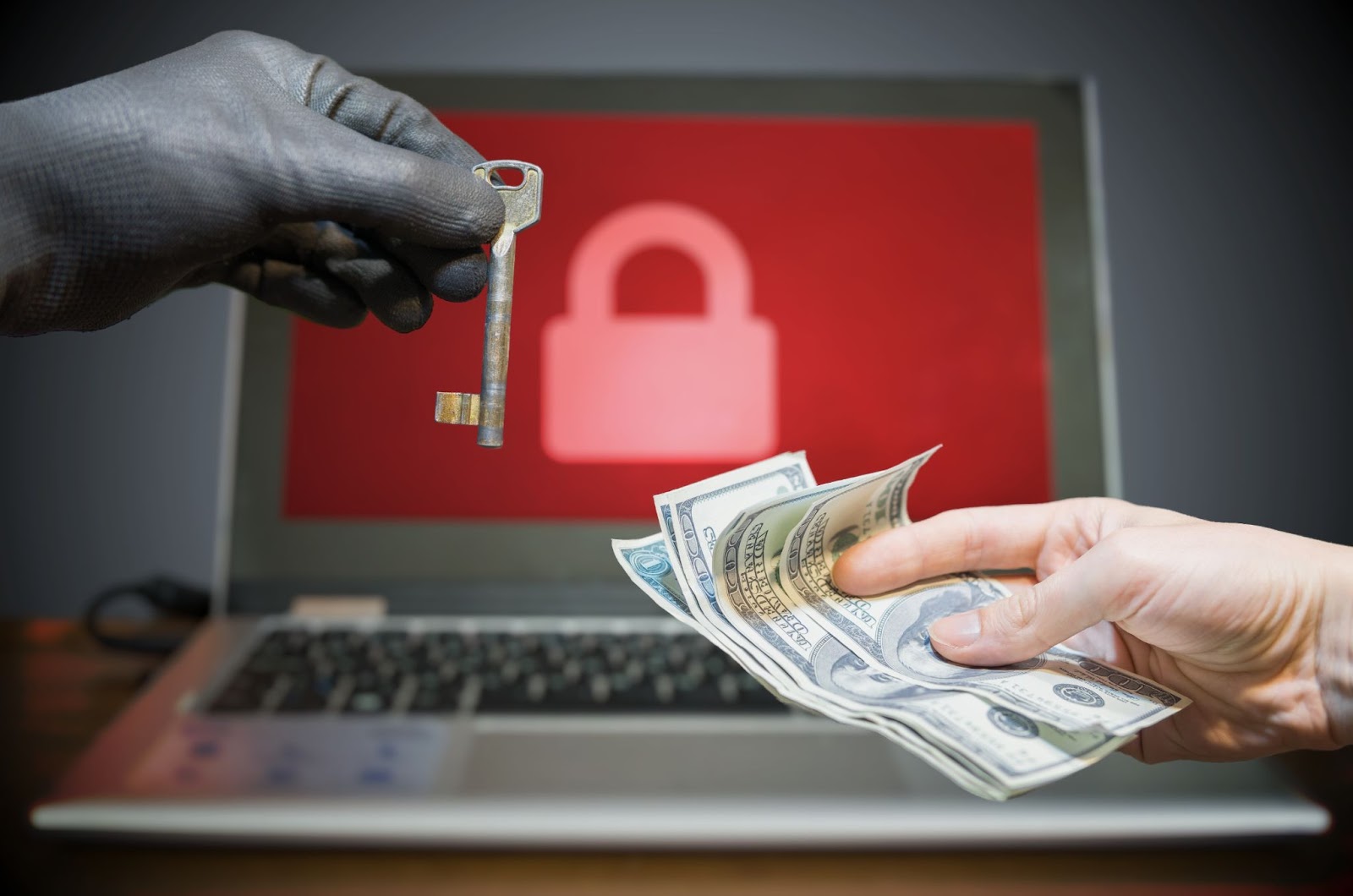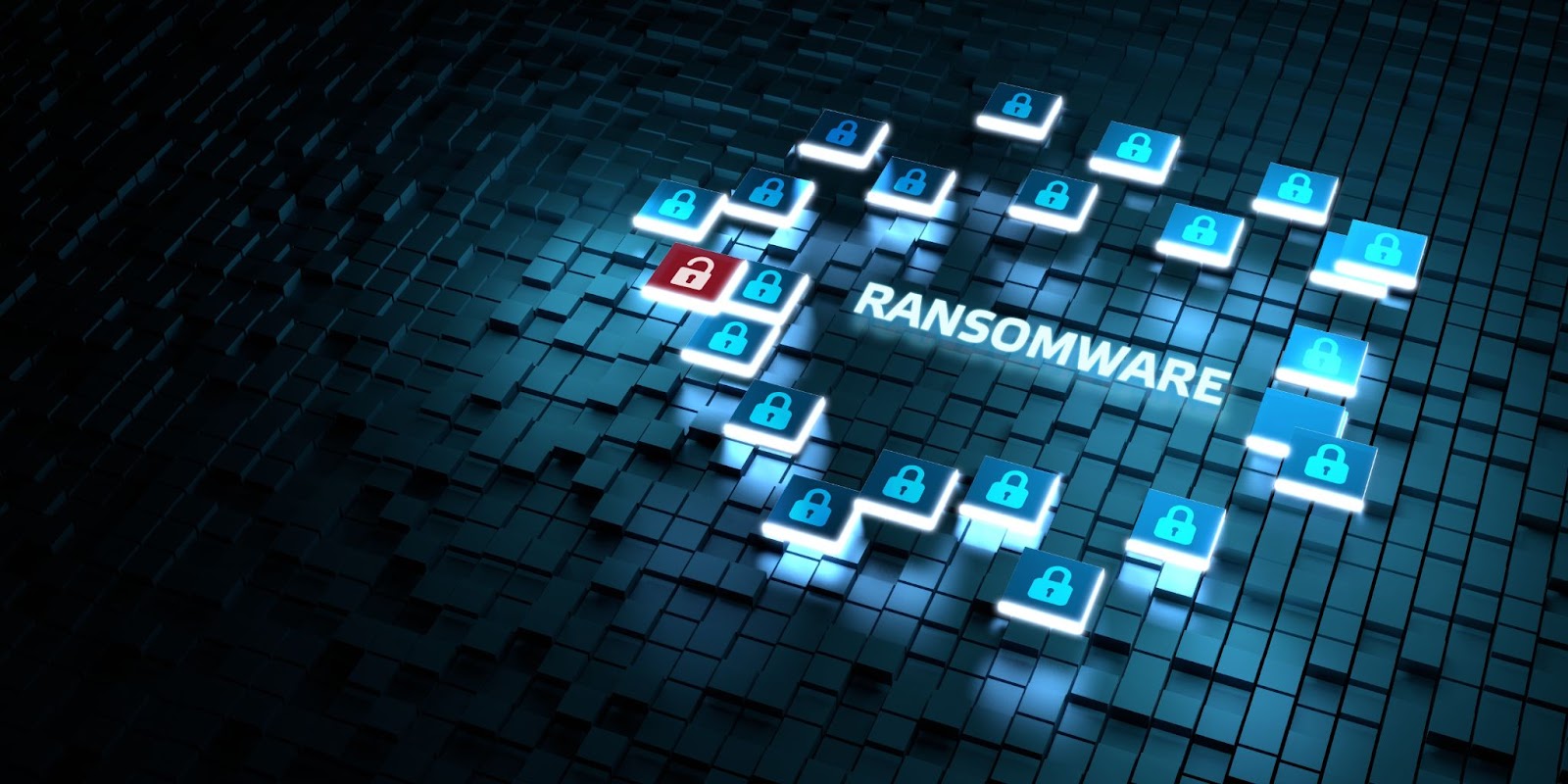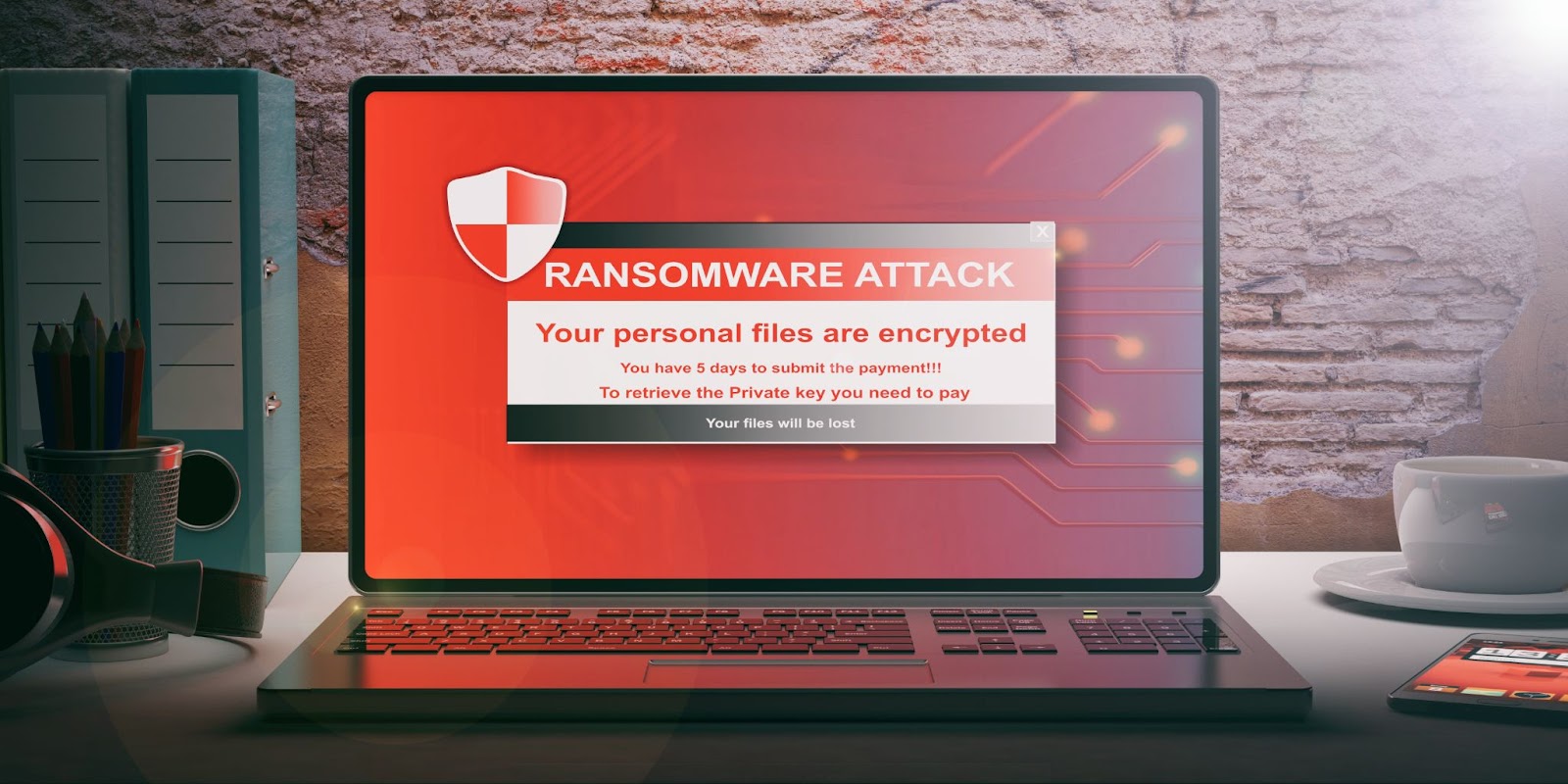At the vanguard of digital threats stands the Colossus ransomware, an epitome of the nefarious genius of cybercriminals. Ransomware, as a category, represents malicious software that encrypts or locks away data, effectively holding it ransom until a sum is paid. Within this category, Colossus distinguishes itself with its formidable and sophisticated nature.
History of Colossus Ransomware
Colossus’ history offers a cautionary tale of its ascendancy:
• Origins: The early 2010s marked the advent of Colossus. Initially perceived as just another player in the vast sea of malware, its true potential quickly became evident as it began targeting high-profile entities.
• Metamorphosis: With each iteration, Colossus became more insidious. Its evolving codebase, refined attack vectors, and evasion techniques highlighted
its adaptability.
• Hall of Infamy: From corporate behemoths to government infrastructures, no target seemed too big for Colossus. A spate of high-profile breaches globally solidified its reputation as a premier threat.
The Mechanics: How Colossus Ransomware Operates
Understanding the mechanics of Colossus is akin to peeling an onion, each layer more intricate than the last:
• Point of Entry: Colossus often gains entry via spear-phishing campaigns, though other channels like infected software updates or rogue applications serve as alternative avenues.
• Stealth Mode: Once inside a system, it often lies dormant, evading detection by most conventional cybersecurity measures.
• Encryption Overdrive: When activated, it encrypts data at a staggering speed, targeting both local and networked files.
• Demands & Threats: The ransom note is the culmination of its assault, demanding payment in hard-to-trace cryptocurrencies, accompanied by threats of permanent data loss or public exposure.
The Broader Implications: How Colossus Ransomware Impacts Businesses
In the aftermath of a Colossus strike, businesses grapple with multifaceted repercussions:
• Operational Standstill: Entire databases get locked, software infrastructure becomes unusable, and daily operations can face indefinite suspensions.
• Monetary Implications: The financial implications are manifold. Beyond the direct ransom demands, the costs of damage control, IT consultations, potential legal repercussions, and client compensations can be staggering.
• Branding and Trust: The intangible costs are often the heaviest. A tarnished brand image, eroded customer trust, and shaky stakeholder confidence can linger long after the incident.
How Is Colossus Different from Other Ransomware?
Colossus isn’t just another name on the extensive list of ransomware; it has earned its reputation due to certain distinguishing features:
Target Selection
While many ransomware strains indiscriminately target victims, Colossus often goes after high-profile entities, suggesting a more refined selection process.
Evolutionary Codebase
Many ransomwares stagnate after their initial success. Colossus, however, has demonstrated a consistent evolution, adapting to countermeasures and exploiting new vulnerabilities.
Stealth Capabilities
Its ability to remain dormant and undetected for extended periods surpasses many of its contemporaries, allowing it to gather more information and cause more damage when activated.
Sophisticated Demands
Colossus is known for its calculated ransom demands, often scaled based on the victim’s perceived ability to pay, rather than a flat fee.
Multifunctional Threat
Beyond just encryption, some versions of Colossus reportedly come with additional tools, like data exfiltration capabilities, turning a ransomware attack into a potential data breach.
Future Predictions: The Landscape of Ransomware
As cyber threats continue to evolve, here’s what the future might hold:
• Rise of AI-driven Ransomware: With advancements in artificial intelligence, future ransomwares, possible successors to Colossus, might use AI to make decisions, from target selection to demand calculation.
• Ransomware-as-a-Service (RaaS): Just as software is offered as a service, there might be a rise in platforms offering ransomware services, allowing even non-tech-savvy criminals to launch sophisticated attacks.
• Greater Focus on Critical Infrastructure: As the world becomes more connected, ransomware might shift focus from data to infrastructure, targeting smart cities, utilities, and transportation systems.
• Increased Double-Extortion Schemes: Future ransomwares might not just encrypt data but also threaten to leak it, forcing victims into a corner.
• As devices diversify, so will ransomware. Future threats might simultaneously target PCs, smartphones, smart devices, and more.
Mitigation and Prevention Strategies
Bracing for a Colossus assault necessitates an all-encompassing shield.
• Comprehensive Backups: The value of regular, multi-point backups cannot be overstated. Backups should be frequent, varied in location (both physical and cloud), and tested for integrity.
• Staff Training: The human element remains the most vulnerable. Regular training sessions, mock phishing attempts, and cybersecurity drills can inculcate a sense of vigilance among employees.
• Infrastructure Vigilance: Every software, from the operating system to the most trivial utility tool, should be regularly updated. Zero-day vulnerabilities are a goldmine for ransomwares like Colossus.
• Layered Defenses: The cybersecurity strategy should be multi-tiered. Intrusion detection systems, advanced firewalls, real-time monitoring tools, and endpoint security solutions should work in tandem to deter threats.
• Emergency Protocols: In the event of an attack, a clear, structured, and rehearsed response protocol can drastically reduce damage. This includes
data isolation, stakeholder communication, legal procedures, and data
recovery measures.
• Get SUPERAntiSpyware™. Tired of Invisible Threats Lurking in the Shadows? Unlock the ultimate protection with SUPERAntiSpyware™. Defend your digital realm, detect the undetectable, and declutter your system from lurking menaces. Download your free trial today.
Concluding Thoughts
Navigating the digital era is fraught with challenges. Among these, ransomwares like Colossus represent a particularly menacing adversary. However, the interplay of knowledge, preparedness, and proactive measures can tilt the balance in favor of businesses. As we forge ahead into an increasingly digitized future, the narrative surrounding Colossus serves as both a warning and a guide on the imperatives of robust cybersecurity.
Frequently Asked Questions (FAQ)
What is the primary objective of Colossus ransomware?
Colossus aims to encrypt a victim’s data, rendering it inaccessible, and then demands a ransom for its release.
Is there any way to decrypt files without paying the ransom?
It depends on the version of Colossus and the availability of decryption tools. It’s always advisable to consult with cybersecurity professionals.
How can I protect my organization from Colossus?
Regular backups, staff training, keeping software updated, and using advanced security measures can significantly reduce the risk.

